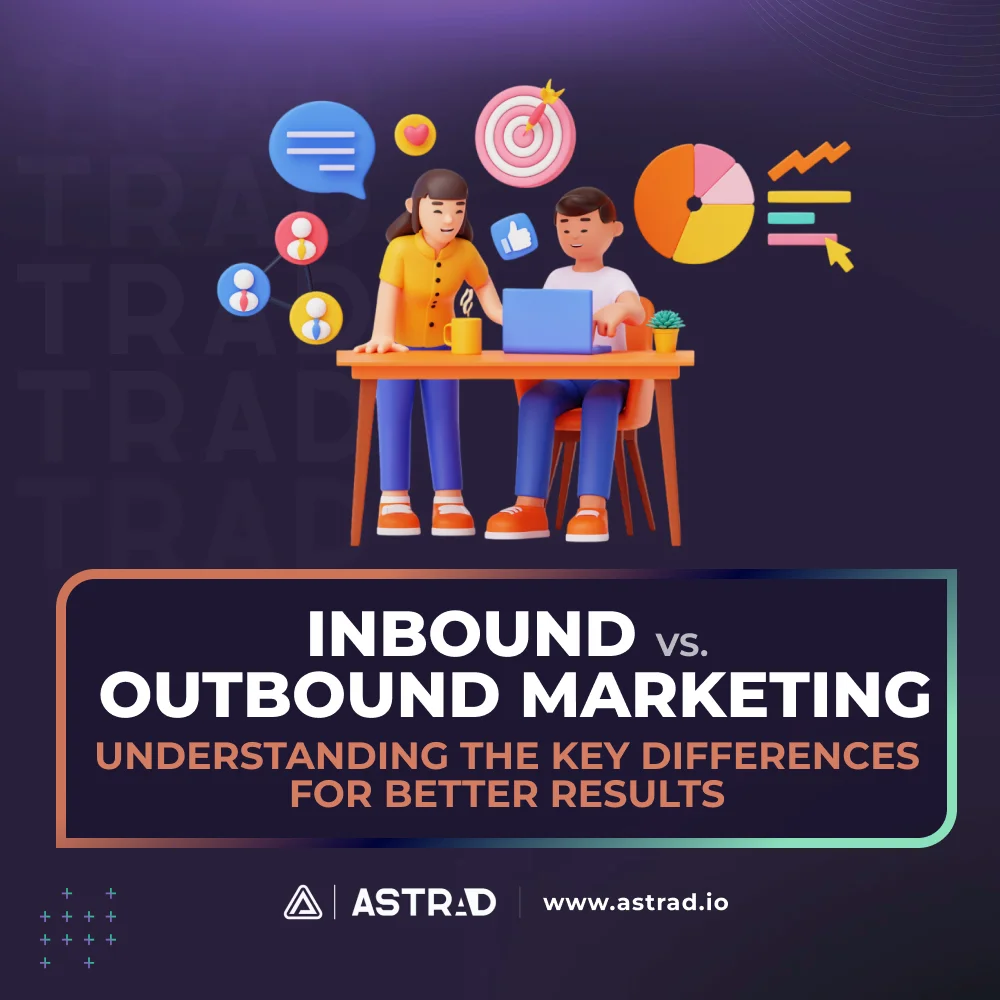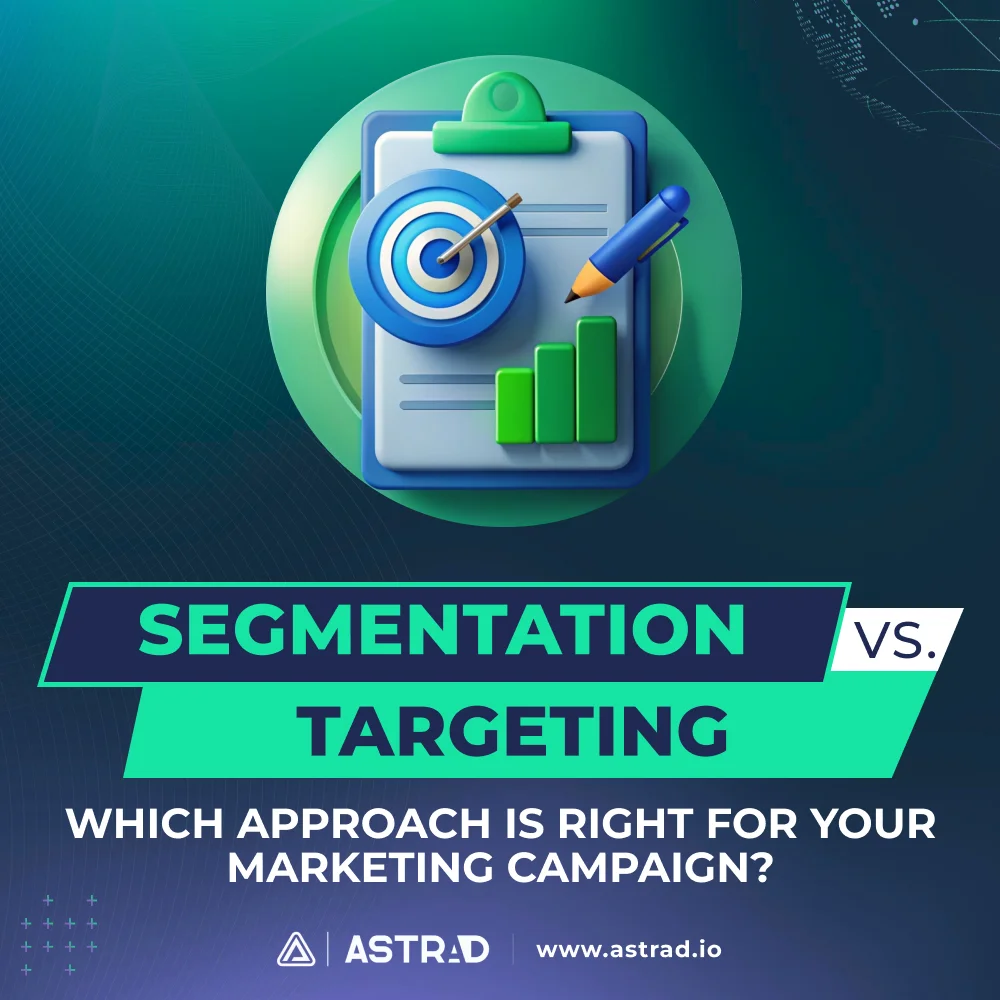The difference between a sales team that’s running on fumes and one that’s hitting targets with precision often comes down to a single factor: focus. In the high-octane world of sales, the scattergun approach of treating all accounts equally is about as effective as bringing a butter knife to a gunfight. It’s not just inefficient — it’s a recipe for burnout and missed targets.
Top-performing sales organizations have figured out what military strategists have known for centuries: concentrate your forces where they’ll have the most impact. In sales terms, this means knowing how to prioritize your accounts to allocate your most precious resource — time — where it delivers the biggest bang for your buck.
In a business climate where 80% of your revenue typically comes from 20% of your customers (the famous Pareto Principle at work), learning account prioritization isn’t just a nice-to-have skill — it’s the difference between thriving and merely surviving. Let’s dive into how the best sales teams sort the gold nuggets from the gravel to maximize their efficiency and results.
Why Account Prioritization is Crucial for Sales Teams
Imagine you’re a doctor in an emergency room. Patients come in with everything from paper cuts to cardiac arrests. If you treated them in the order they arrived, people with life-threatening conditions might die while you’re bandaging a minor wound. That’s why hospitals use triage — and that’s precisely what effective account prioritization does for your sales operation.
Account prioritization is the sales equivalent of medical triage — identifying which opportunities need immediate attention, which can wait, and which might never be worth your time. Without this critical sorting mechanism, sales teams find themselves trapped in a cycle of reactive chaos rather than strategic action.
The Challenge of Managing Multiple Accounts
Most sales professionals juggle dozens, if not hundreds, of accounts simultaneously. Each account has its own timeline, requirements, decision-makers, and potential value. Without a system to prioritize these accounts, sales reps default to whatever seems most urgent or whoever shouted the loudest most recently, neither of which correlates with the highest potential value.
This reactive approach leads to:
- High-value opportunities slipping through the cracks
- Excessive time spent on low-return prospects
- Inconsistent follow-up and customer experience
- Missed revenue targets despite working longer hours
Maximizing Sales Efficiency
How to prioritize accounts in sales is fundamentally about efficiency — getting the maximum return from your limited time and resources. When you correctly identify and focus on high-potential accounts, several things happen:
- Your conversion rates improve because you’re focusing on better-qualified prospects
- Your sales cycle shortens as you spend less time on fence-sitters
- Your average deal size increases as you target accounts with higher potential value
- Your team’s morale improves as they hit targets more consistently
Simply put, account prioritization transforms your sales operation from a game of chance to a strategic discipline.
Balancing Long-Term and Short-Term Goals
One of the trickiest aspects of account prioritization is balancing immediate opportunities against strategic, long-term accounts. The account that could close this quarter might help you hit your immediate targets, but the enterprise whale that takes 12 months to land could transform your business.
Effective account prioritization acknowledges this tension and creates a portfolio approach:
- Some accounts for immediate revenue (the “now” bucket)
- Some accounts for mid-term growth (the “next” bucket)
- Some accounts for strategic, long-term value (the “later” bucket)
This balanced approach ensures you’re hitting current targets while still building for the future.
Understanding Your Accounts: Key Factors to Consider
Before you can prioritize accounts, you need to understand what makes an account valuable in your specific context. This requires analyzing several key dimensions to create a comprehensive picture of each account’s potential.
The best account prioritization starts with a deep understanding of what separates your best customers from the rest. This isn’t just about size or revenue — it’s about finding the intersection of:
- Who gets the most value from your solution
- Who is the most profitable for you to serve
- Who is most likely to become a long-term partner
Account Potential
Not all accounts are created equal. Some have massive upside potential, while others will never grow beyond their initial purchase. Assessing account potential means looking at:
- Company size and growth trajectory
- Industry position (leader vs. follower)
- Expansion opportunities within different departments
- Cross-sell and upsell potential
- Budget availability and spending patterns
- Strategic initiatives that align with your offering
The key is identifying accounts where your solution could become mission-critical rather than just a nice-to-have tool.
Fit with Your Product/Service
Even high-value accounts aren’t worth pursuing if your solution isn’t the right fit for their needs. Evaluating product-account fit requires understanding:
- Their specific pain points and whether you solve them
- Technical compatibility with their existing systems
- Cultural alignment between your organizations
- Decision-making style and how it matches your sales process
- Competitor entrenchment and switching costs
The strongest fits are where your solution’s strengths directly address the account’s most pressing pain points.
Historical Engagement and Purchase Behavior
Past behavior is often the best predictor of future actions. Accounts that have already shown interest through engagement with your content, sales team, or products deserve special attention. Key indicators include:
- Response rates to previous outreach
- Engagement with marketing materials (emails opened, content downloaded)
- Attendance at webinars or events
- Trial usage patterns or pilot program participation
- Previous purchase history with your company
Accounts that consistently engage with you are demonstrating interest that can be converted into revenue with the right approach.
Customer Lifetime Value (CLV)
The true value of an account isn’t just the first deal — it’s their potential value over your entire relationship. Calculating Customer Lifetime Value helps you identify accounts worth investing in for the long term. Consider:
- Potential annual contract value
- Typical customer lifespan in your industry
- Expansion potential within the account
- Referral value (do they influence other potential customers?)
- Cost to serve (some high-revenue accounts can actually be unprofitable)
Accounts with high CLV deserve more resources and attention, even if the initial deal is smaller than other opportunities.
Methods for Prioritizing Accounts in Sales
Once you understand what makes accounts valuable, you need a systematic approach to prioritize them. Several proven frameworks can help structure this process.
Account prioritization isn’t a one-size-fits-all proposition. The right method depends on your industry, sales cycle, and specific business objectives. Here are some of the most effective approaches:
BANT (Budget, Authority, Need, Timing)
This classic framework helps assess how ready an account is to make a purchase decision:
- Budget: Do they have allocated funds for this purchase?
- Authority: Are you talking to decision-makers who can sign off?
- Need: Is there a clear pain point your solution addresses?
- Timing: Is there urgency or a specific timeline for implementation?
Accounts that score highly across all four dimensions should be prioritized for immediate action.
CHAMP (Challenges, Authority, Money, Prioritization)
A more modern evolution of BANT that puts the focus on customer challenges:
- Challenges: What specific problems is the account facing?
- Authority: Who has the power to make decisions and drive change?
- Money: Is there budget available for solving these challenges?
- Prioritization: How important is solving this problem for the account?
This approach tends to create more consultative sales conversations that resonate with today’s buyers.
Lead Scoring
For teams handling high volumes of accounts, a quantitative lead scoring system can bring clarity and consistency to prioritization. This involves:
- Identifying the key indicators of a high-quality account for your business
- Assigning point values to each indicator
- Scoring each account based on how many indicators they match
- Prioritizing accounts that exceed a certain threshold score
This data-driven approach removes subjectivity and helps teams focus consistently on the most promising opportunities.
Account Segmentation
Another powerful approach is to segment accounts into tiers based on their strategic importance and potential value:
- Tier 1: Strategic accounts with the highest potential value, receiving the most resources and senior attention
- Tier 2: Growth accounts with good potential that receive the standard sales process
- Tier 3: Maintenance accounts with limited growth potential that receive more automated attention
This tiered approach ensures you’re allocating resources proportionally to potential return.
Using Data and Technology for Account Prioritization
Modern account prioritization leverages technology to make smarter, more data-driven decisions about where to focus your efforts.
The age of gut-feel sales is over. Today’s top-performing teams use data and technology to identify patterns and opportunities that would be impossible to spot manually.
CRM Systems and Sales Tools
Your CRM should be the central nervous system of your account prioritization strategy. When properly configured, it can:
- Track engagement signals across multiple touchpoints
- Calculate opportunity scores based on your defined criteria
- Flag accounts showing buying indicators
- Trigger alerts when high-priority accounts need attention
- Provide visibility into account relationships and history
The key is ensuring your CRM is configured to highlight the specific signals that indicate high-value opportunities in your business.
Predictive Analytics
Advanced teams are now using AI and machine learning to identify patterns in successful deals and apply those insights to prioritize current opportunities. Predictive analytics can:
- Identify accounts most similar to your best customers
- Spot behavioral patterns that indicate buying readiness
- Predict which deals are most likely to close
- Recommend next best actions for specific account types
These insights take the guesswork out of prioritization and dramatically improve hit rates.
Automated Prioritization
As your prioritization model matures, you can begin automating parts of the process:
- Automatic lead routing to the right sales team based on scoring
- Dynamic reprioritization of accounts based on new information
- Triggered outreach sequences for accounts showing specific signals
- Personalized content delivery based on account characteristics
Automation ensures your prioritization strategy scales efficiently as your business grows.
Practical Steps for Implementing Account Prioritization
Knowing how to prioritize accounts is only valuable if you can implement that knowledge effectively across your organization. Here’s how to put these principles into practice:
1. Set Clear Criteria
Establish consistent criteria for evaluating accounts that are specific, measurable, and aligned with your business objectives. Base them on proven success indicators, keep them simple enough for everyone to understand, and apply them consistently. Document these criteria clearly for your entire sales team.
2. Align Sales and Marketing Teams
Ensure both teams use the same playbook. Marketing should focus on ideal account profiles while matching lead qualification to your prioritization criteria. Share definitions of high-potential accounts, provide tailored content for different tiers, and plan jointly for strategic opportunities. This creates efficient prioritization and consistent messaging.
3. Utilize Account-Based Marketing (ABM)
For high-priority accounts, implement personalized outreach based on specific research and custom content addressing unique challenges. Use multi-channel engagement strategies across all decision-makers and develop joint execution plans. ABM focuses your best resources on your best opportunities.
4. Continuous Evaluation and Adjustments
Regularly reassess your approach to keep it relevant. Review closed deals to refine criteria, adjust scoring models as market conditions change, and audit your account tiers. Monitor key performance indicators and gather feedback from your sales teams. This ensures your prioritization strategy evolves with your business.
Making Prioritization Part of Your Sales DNA
Account prioritization isn’t just a technique — it’s a fundamental shift in how you approach sales. When implemented effectively, it transforms scattered activity into focused impact, replacing the anxiety of “am I working on the right things?” with the confidence of knowing exactly where to invest your time.
The best sales organizations make prioritization a core part of their operating rhythm. Daily stand-ups, weekly pipeline reviews, and monthly strategy sessions all center around the question: “Are we focusing on the right accounts?”
By building a systematic approach to identifying, engaging, and winning your highest-potential accounts, you’re not just improving efficiency — you’re reshaping your sales culture around the principle of strategic focus. And in today’s hyper-competitive markets, that focus might be the most powerful competitive advantage you can develop.






